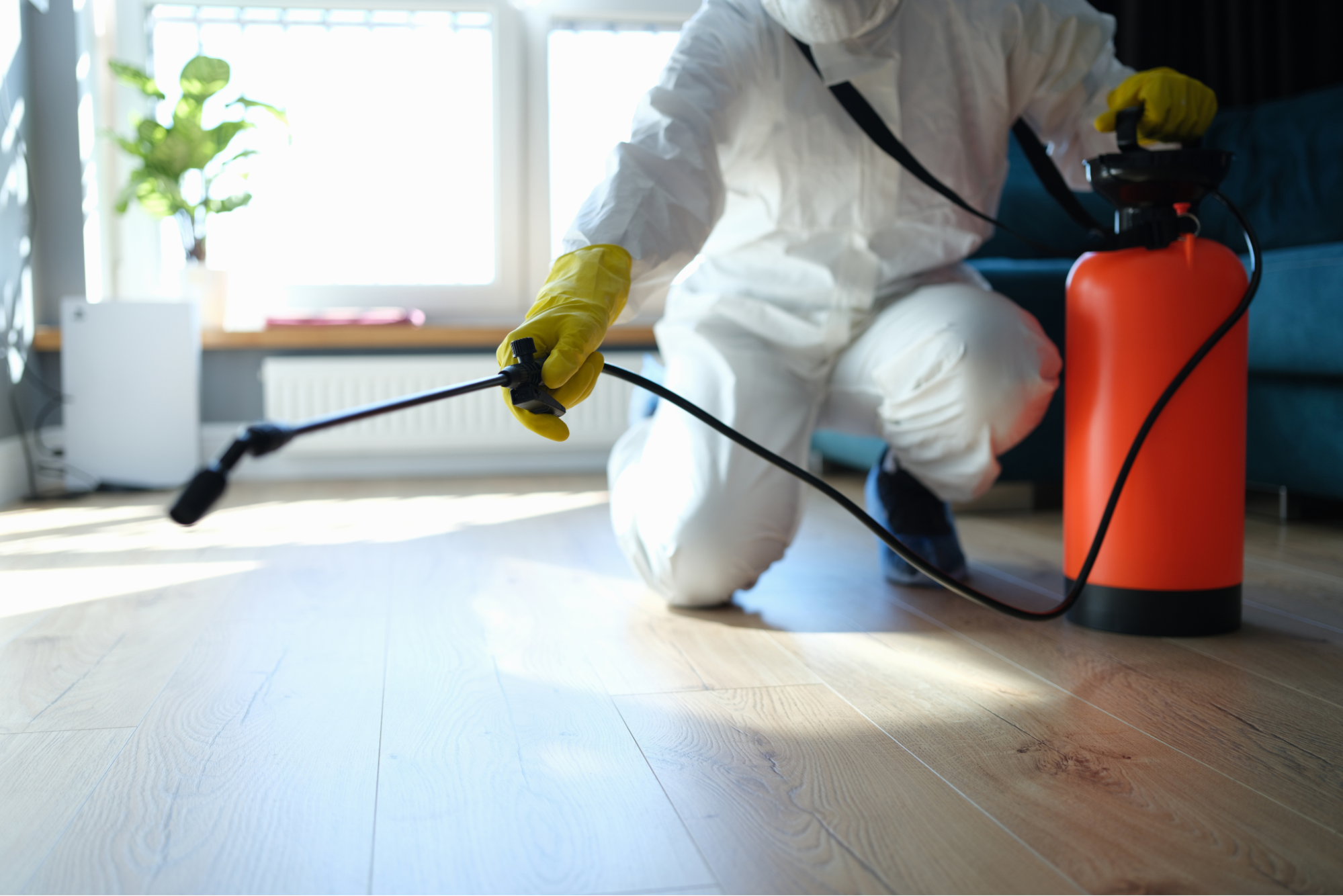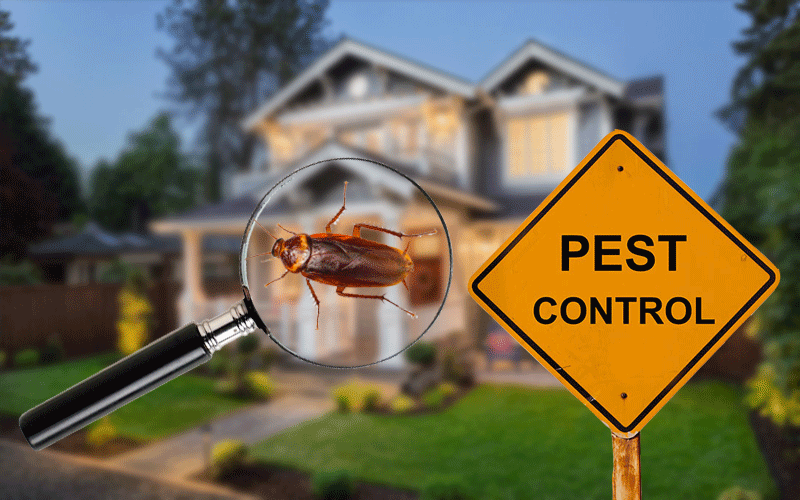Effective A1 Bed Bug Treatment in Charlotte - Safe and Proven Methods
Effective A1 Bed Bug Treatment in Charlotte - Safe and Proven Methods
Blog Article
Bed Pest Treatment Break Down: Contrasting Chemical Vs. Non-Chemical Solutions
In the realm of parasite control, especially when taking care of the relentless issue of bed insects, the choice in between chemical and non-chemical therapy solutions can be an essential one. Both strategies supply distinctive benefits and disadvantages, affecting elements such as efficiency, security factors to consider, and total expense. By examining the nuanced details of each technique, a clearer understanding of which path to pursue in attending to a bed pest invasion can be achieved.
Performance of Chemical Therapies
Chemical treatments for bed bug invasions have been commonly acknowledged for their fast and potent efficiency in removing these insects. When thinking about the effectiveness of chemical therapies, it is vital to understand that they can offer a fast and complete service to a bed insect issue. Professional pest control men often rely on pesticides to target bed bugs at various phases of their life cycle, including grownups, eggs, and nymphs. These chemicals generally work by interfering with the bed pests' nerves, bring about paralysis and eventual death.
Moreover, chemical therapies have the advantage of providing residual results, indicating that they can remain to get rid of bed pests even after the preliminary application. This residual action is especially valuable in combating any kind of potential re-infestations. Additionally, the fast activity of chemical treatments can bring alleviation to people encountering severe bed insect invasions, enabling them to reclaim control of their space swiftly.
Security Interest In Chemical Solutions
One critical element that requires cautious factor to consider when utilizing chemical remedies for bed bug therapy is making certain the safety and security of passengers and the atmosphere. While chemical therapies can be reliable in getting rid of bed pests, they may pose threats if not handled appropriately. Among the main safety and security worry about chemical services is the prospective damage they can create to human health. Exposure to certain chemicals made use of in bed insect treatments can result in respiratory problems, skin irritation, or various other unfavorable responses, especially in individuals with pre-existing problems or level of sensitivities. In addition, incorrect application or dosage of chemical pesticides can result in hazardous deposits lingering in the treated location, positioning long-term health risks to passengers.
In addition, the ecological impact of chemical services is one more substantial factor to consider. Some pesticides utilized in bed pest therapies may be unsafe to advantageous bugs, wild animals, and ecosystems if they seep into the dirt or water systems. It is vital to use chemical therapies judiciously, following security guidelines, and thinking about much less hazardous options to minimize these threats and make sure the safe and effective administration of bed insect invasions.
Advantages of Non-Chemical Methods
Thinking about the prospective security problems and ecological impact associated with chemical services for bed pest therapy, discovering non-chemical techniques presents an encouraging option with several distinct benefits. Non-chemical therapies are ecologically friendly, as they do not contribute to air or water pollution, making them a lasting choice for pest control.
Furthermore, non-chemical solutions can be efficient in targeting bed pests, consisting of hard-to-reach locations where chemical therapies may not pass through. Techniques such as warmth therapy, vacuuming, steam cleansing, and bed mattress coverings provide comprehensive elimination without making use of dangerous chemicals. Furthermore, non-chemical strategies can be less disruptive, calling for very little prep work and enabling for quicker reentry right into treated locations. Generally, selecting non-chemical bed bug therapy techniques not click to read more just focuses on security and environmental management but also makes certain reliable and comprehensive parasite control.
Limitations of Non-Chemical Treatments

In addition, non-chemical treatments frequently call for numerous applications to achieve successful removal. This can be lengthy and may not constantly assure full elimination of all bed pests and their eggs, specifically in surprise or hard-to-reach places.
Furthermore, the success of non-chemical treatments heavily relies upon correct execution and thoroughness, which can go to this web-site be testing for individuals without expert expertise. Poor application of non-chemical techniques might lead to incomplete eradication, leading to relentless infestations and the requirement for added treatments.
As a result, while non-chemical treatments have their advantages, it is vital to recognize these restrictions and consider them when figuring out one of the most efficient technique for managing bed bug invasions.
Expense Comparison: Chemical Vs. Non-Chemical Options
Provided the limitations linked with non-chemical treatments, an essential element to assess in the context of bed pest management is the expense comparison between chemical and non-chemical alternatives. In contrast, non-chemical therapies like warm therapy or steam can be a lot more pricey, with costs ranging from $1,000 to $6,000 for a whole home. While the first cost of chemical therapies might appear reduced, several treatments may be called for to completely get rid of the invasion, possibly raising the general expense.
Verdict

Considering the prospective safety problems and environmental effect connected with chemical services for bed pest treatment, checking out non-chemical methods offers an encouraging alternative with a number of Web Site distinct benefits.Given the restrictions associated with non-chemical therapies, a vital element to examine in the context of bed insect management is the cost contrast between chemical and non-chemical alternatives. In contrast, non-chemical therapies like warmth therapy or vapor can be more pricey, with expenses varying from $1,000 to $6,000 for an entire home. While the preliminary expense of chemical therapies might appear lower, several therapies might be required to totally eliminate the problem, potentially increasing the general price.In conclusion, when contrasting chemical and non-chemical bed bug therapy choices, it is necessary to think about efficiency, safety and security, benefits, limitations, and expense.
Report this page